What is scoliosis and how does it affect you?
Oct 12, 2023 By Madison Evans
Do you ever feel a twinge of back pain after sitting in one position for too long? If yes, then it may be similar to scoliosis – a curvature of the spine that affects many people. Whether or not you have heard of this condition before, understanding the basics is essential. In this article, we will cover what exactly scoliosis is and how it may affect your daily life. We’ll also discuss treatment options and potential side effects as well as other relevant information about the condition. Therefore, if you are feeling recurrent aches in your back or think that you might be suffering from scoliosis, make sure to read further!
What is scoliosis?
Scoliosis is an abnormal curvature of the spine that causes a person's shoulders to slope, their ribcage to protrude, and their head to tilt. It can affect people of all ages but is more common in adolescents as their bones are still growing.
The severity of the condition can vary greatly, from mild to severe curves that cause visible deformity and disability. It is important to note that scoliosis can also affect internal organs such as the lungs and heart if left untreated.
Causes of Scoliosis:
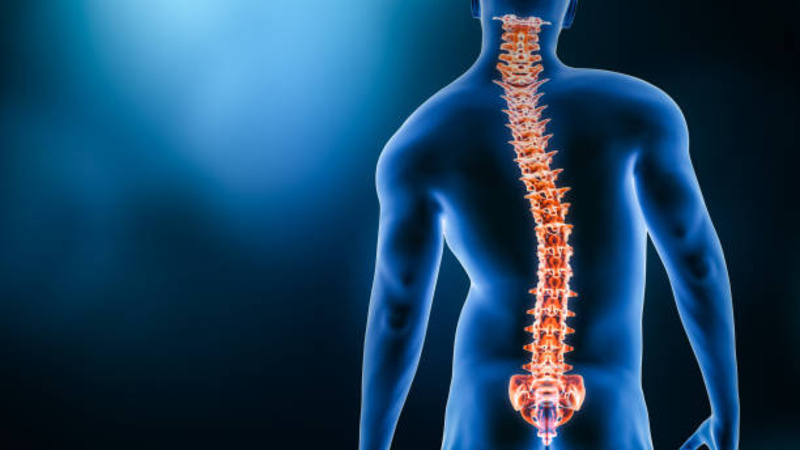
The exact cause of scoliosis is unknown, but experts agree that it is primarily genetic. Other potential causes include birth defects, injuries to the spine, and neuromuscular diseases such as cerebral palsy. It is also important to note that scoliosis can worsen over time if not treated appropriate.
15 Symptoms of scoliosis and how to identify them :
Here are some common symptoms of scoliosis that you should look out for:
- Uneven shoulders or hips
- Uneven waistline
- One shoulder blade sticking out more than the other
- Visible rib hump when bending over
- Back pain that gets worse with time
- One arm hanging lower than the other
- Difficulty finding comfortable positions when sitting or standing
- Muscles that are tight on one side and weak on the other
- Uneven leg lengths
- Visible curvature of the spine when viewed from behind
- Changes in posture over time
- Pain or discomfort during physical activities such as walking
- Difficulty breathing due to the compression of internal organs
- Unexplained weight loss
- Fatigue or lack of energy
Types of scoliosis:
Idiopathic scoliosis:
This type of scoliosis is caused by a genetic defect and is the most common form. It affects more girls than boys, typically between the ages of 11-17.
Neuromuscular scoliosis:
This type of scoliosis occurs in people with underlying conditions such as cerebral palsy or muscular dystrophy.
Congenital scoliosis:
This type of scoliosis is caused by a defect in the spine at birth and can be mild to severe depending on the individual case.
Degenerative scoliosis:
This type of scoliosis develops in adults due to arthritis, previous injuries, or other degenerative diseases.
The Impact of Scoliosis on Everyday Life:
When left untreated, scoliosis can have a tremendous impact on an individual’s life. People with severe curves may experience chronic pain in their back, legs, and other parts of the body due to the misalignment of the spine. Scoliosis can lead to difficulty breathing due to the deformation of the lungs and other organs.
It is important to note that even mild curves can have an impact on life too. People with mild scoliosis may feel self-conscious about their appearance, which can affect their confidence and career prospects. Therefore, it is essential for those suffering from any type of scoliosis to seek treatment as soon as possible.
Common Treatment Options for Scoliosis:
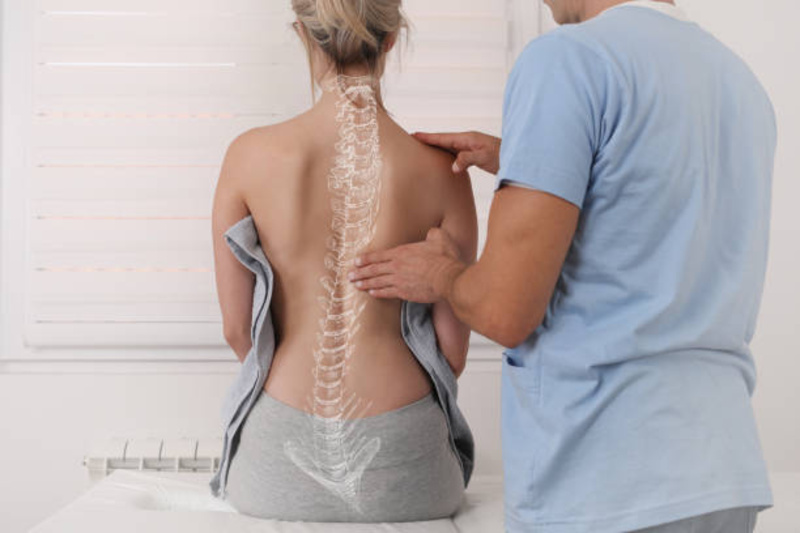
Treatment for scoliosis will depend on the severity of the curve and how much it has progressed. In mild cases, a doctor may recommend an exercise routine to help strengthen the muscles around the spine and improve posture.
For more severe cases, bracing is often recommended to prevent further curvature. In extreme cases, surgery may be necessary to correct the spinal deformity.
Tips for Living Comfortably with Scoliosis:
- Practice good posture - Sitting and standing correctly can help reduce pain associated with scoliosis.
- Exercise regularly - Engaging in low-impact exercises such as yoga, swimming, and cycling can help improve overall strength and flexibility.
- Sleep on your back - Sleeping on your back allows the spine to rest in a neutral position that is less likely to cause pain.
- Wear a brace - If prescribed by your doctor, wearing a brace can help correct the curvature of the spine and reduce pain.
- Eat well - Eating healthy meals and getting enough rest is essential for living comfortably with scoliosis.
How to support someone with scoliosis?
If you know someone with scoliosis, it is important to be aware of their condition and provide them with support. Offering emotional support by listening to their concerns and providing encouragement can go a long way in helping them cope with the condition. Ensuring that they have access to necessary medical care such as physical therapy or corrective braces can help them manage the condition more comfortable
Conclusions:
Scoliosis is a condition that affects millions of people worldwide. It is important to be aware of the signs and symptoms of scoliosis, as well as treatment options available for managing the condition. With proper diagnosis and care, those suffering from scoliosis can still lead happy and comfortable lives. It is also important to provide emotional support for those affected by scoliosis, as it can play a large role in helping people cope with the condition. Overall, scoliosis is a manageable condition and does not have to define someone’s life. With the right approach, scoliosis can be managed effectively and individuals can live a normal life.
-
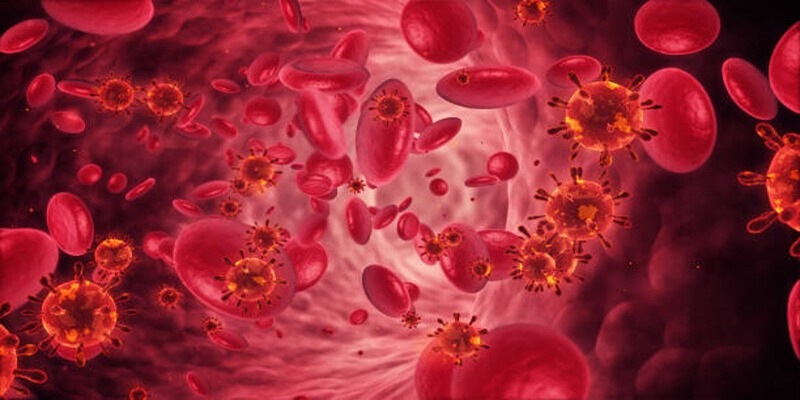 Feb 14, 2024
Feb 14, 2024Understanding Blood Cancer: A Closer Look at its 3 Main Types
Dive into the three main types of blood cancer: leukemia, Hodgkin’s lymphoma and multiple myeloma. Understand their causes, symptoms, and treatment options.
-
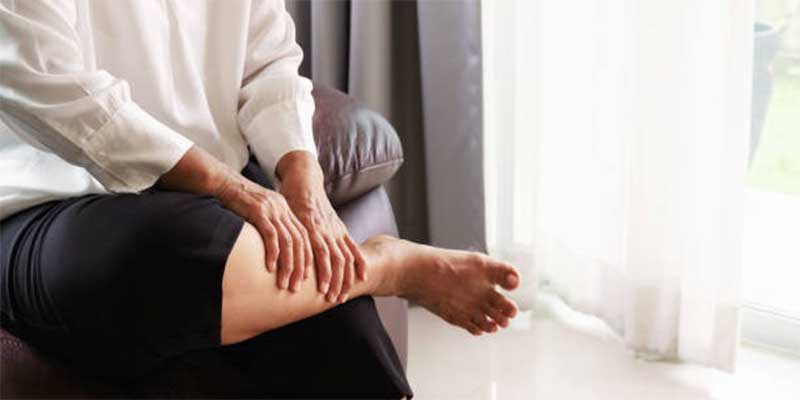 Dec 16, 2023
Dec 16, 202320 Causes of Leg Cramps, and How To Stop Them
Learn about the numerous causes of leg cramps, effective home remedies for quick relief, and key tips for prevention. Maintain muscle health and prevent cramping.
-
 Feb 20, 2024
Feb 20, 2024Unveiling the Truth: Are Wireless Headphones Safe?
Understand the potential risks of using wireless headphones, learn how to protect your hearing, and discover safer listening alternatives in our comprehensive guide.
-
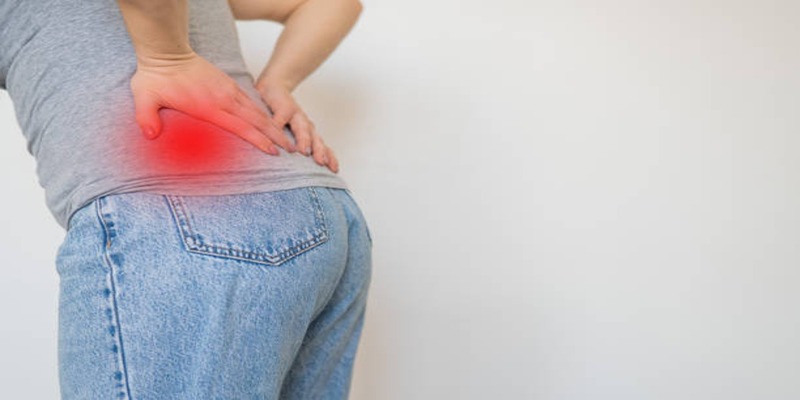 Jan 19, 2024
Jan 19, 2024What Is a Back Spasm?
Explore what triggers back spasms, learn about their symptoms, and discover the best treatment methods to live a healthier, active lifestyle.
